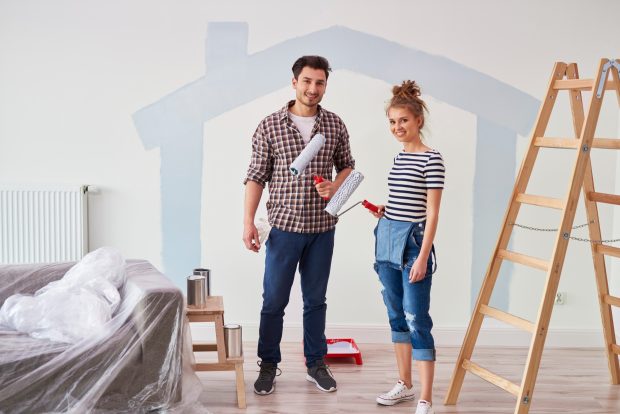
Sometimes, being a homeowner is a lot of responsibility. You’re on the hook for big repairs and even bigger bills when things go wrong. From an old air conditioner that needs replacing to major damage caused by passing storms, bad luck can strike in many different forms at any moment.
Are you prepared? Learning from these emergency homeowner tips can help you be ready, no matter what. Before getting into the tips, a piece of general advice is to use Latest Deals to find discounted products. They have thousands of deals available that will help you save money on your housework and repairs.
Understand the Risks of Living in Your Region
Most homeowners think about the eventual work they’ll have to do in and around their house, like replacing things that break down with time. The roof, your HVAC system, and water heaters are all things that have a life span.
But it’s important to think about how the conditions in your area may cut their life in half. Natural disasters can increase the likelihood and frequency of household damage.
Some states have it harder than others. Take Minnesota, for example. It’s north enough that snowstorms are an issue in the winter, but south enough to exist in Tornado Alley. Other natural disasters such as landslides, floods, severe rainstorm, and power outages are common, too.
Make Sure You Save for Unexpected Repairs
Once you understand your risk, it’s time to build an emergency fund that can stand up to anything, including disasters.
How big does this fund need to be? While it can be tricky to put a price on unpredictable damage and repairs, one rule of thumb suggest saving 10 percent of your mortgage payment in a special savings fund every month.
Regular contributions to this fund will help you grow a safety net over time. But what happens if disaster strikes before you manage to squirrel away enough cash?
Many homeowners think about personal loans and lines of credit. These personal loans online in Minnesota are designed specifically to help with unexpected repairs to your home.
Check Your Homeowner’s Insurance Policy
Your emergency fund is ideal for minor repairs that come out of the blue, but you should look at your homeowner’s insurance for major damage. The average policy covers damage, destruction, and theft, plus personal liability in case someone gets hurt on your property.
How much your insurance covers and what you have to pay out of pocket depends on your policy. That policy may reflect your past claim history, the condition of your home, and even your location.
Minnesota homeowner’s insurance premiums are middling in price, while Oklahoma and Hawaii are the most and least expensive, respectively.
Stay on Top of Routine Maintenance
One of the best ways to avoid a preventable issue is with consistent maintenance. You’ll want to make a habit of checking your HVAC system, foundation, roof, and surrounding property. This way, you might catch minor problems before they blow up into costly complications down the line. It also ensures your house is in its best condition should a disaster come your way.
If you aren’t sure what you should put on your seasonal to-do list, check out the New York Times for inspiration. It provides an easy checklist for things to do.
The Takeaway:
Predicting when something will go wrong with your house is almost impossible. But that doesn’t mean your finances have to be totally blindsided by the unexpected. Keep these tips in mind to prepare your wallet for anything that comes your way.



